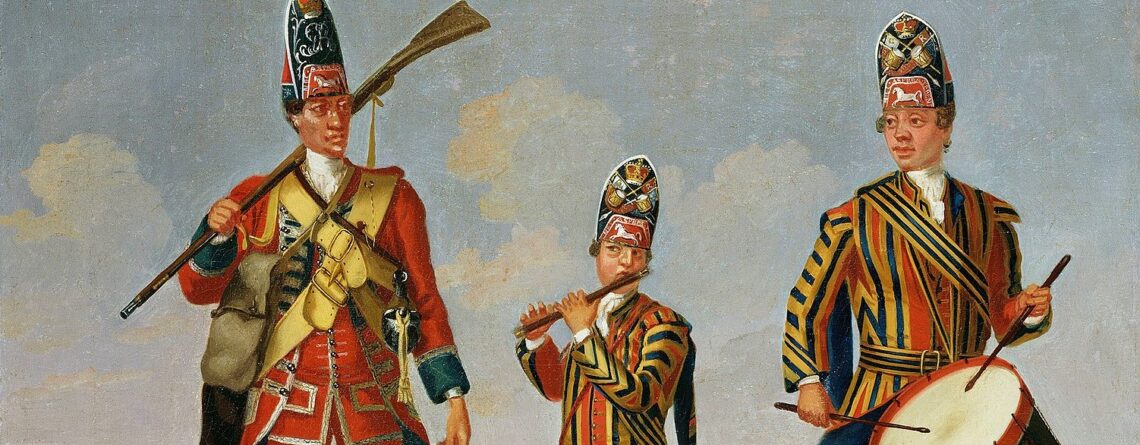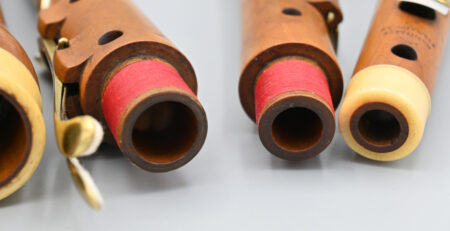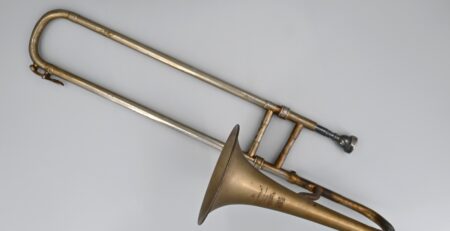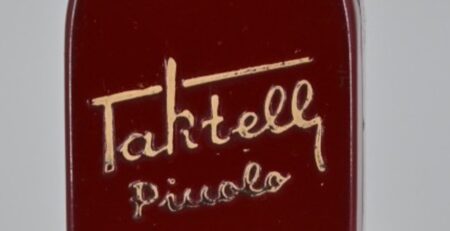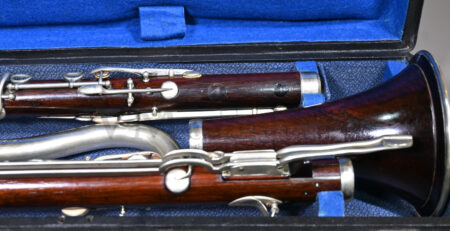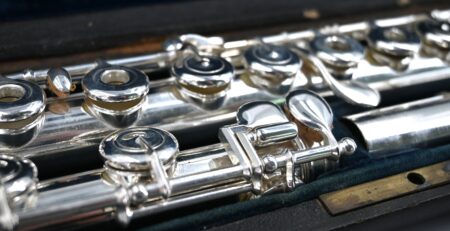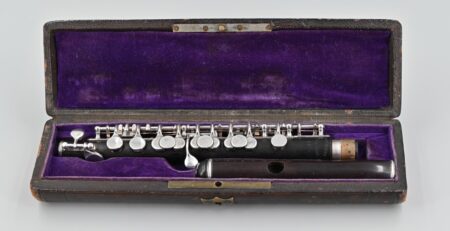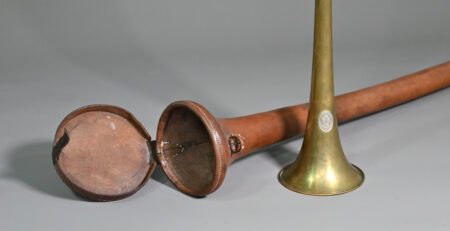Fife – George Miller
Let’s go back in time to 1778…England was under the reign of George III and in the midst of the American Revolutionary war. Amongst the fighting on the battlefields, the shrill, high sound of a fife could be heard…
Here we have a unique and extremely rare fife. A fife is a cylindrically bored transverse flute. It is normally made in one piece or sometimes two and tends to have six tone-holes. So, what makes this one so rare?
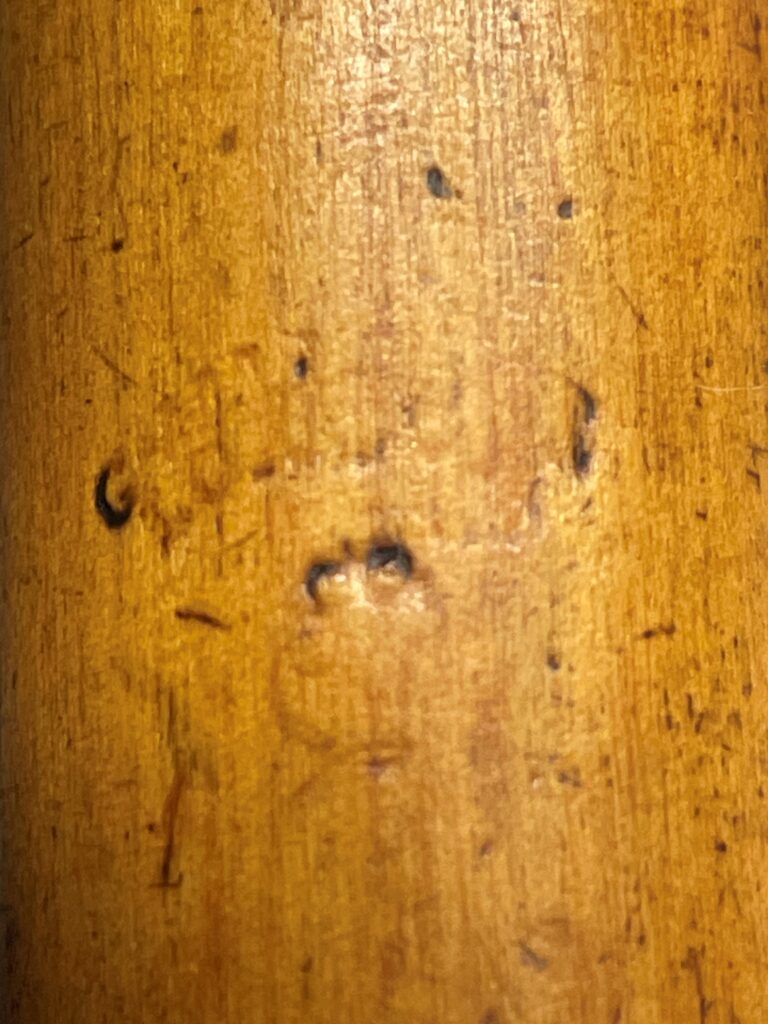
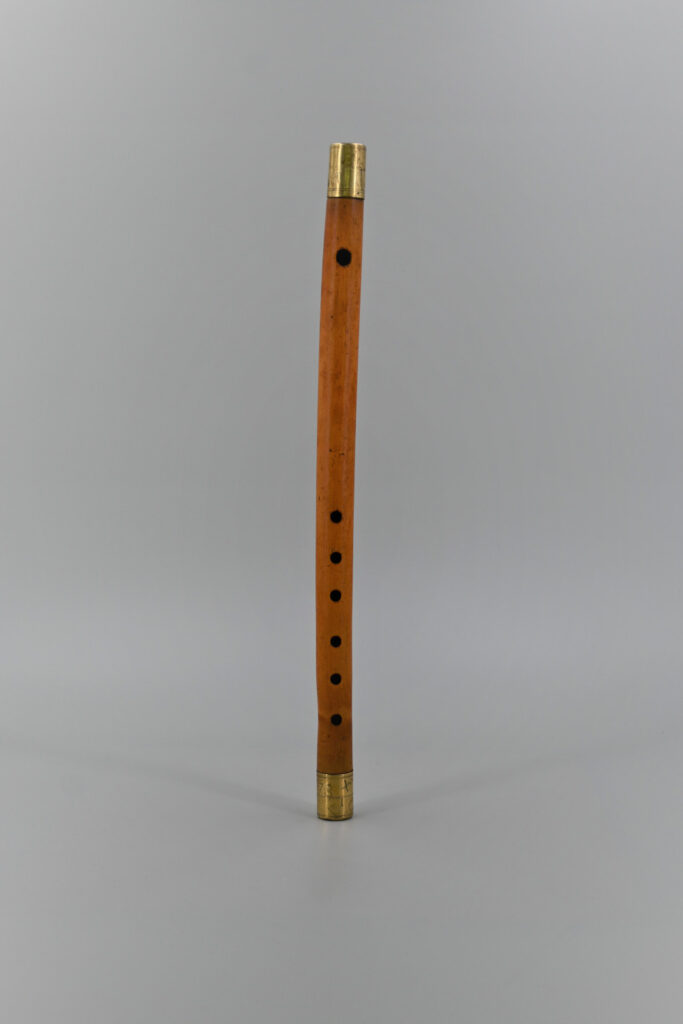
This boxwood fife features a stamp that reads G. MILLER/LONDON and includes a five petaled rose on a stem. This stamp was also used for the first clarinets made in England (which still survive today) by George MILLER around 1765-1790. Later, he started to use the mark of the unicorn. Two now famous clarinets made by George Miller are held in the Bate collection. They were portrayed in the painting The Sharp Family, John Zoffany (1779-1781) http://www.18thc-cities.paris-sorbonne.fr/Zoffany-s-Sharp-Family.html. It depicts the musical pastimes of the Sharp family, who in the 1750s played chamber music on the Thames.
There are only two other fifes known to exist by this same maker according to Phillip Young (4900 Historical Woodwind Instruments: Young, Phillip T, 1993). The fife must have been made in the early days of Miller’s career, around 1770 as the year 1778 is engraved on one of the ferrules. Furthermore, the initials of its owner, a certain M.H. are engraved on the both the upper and lower ferrules.
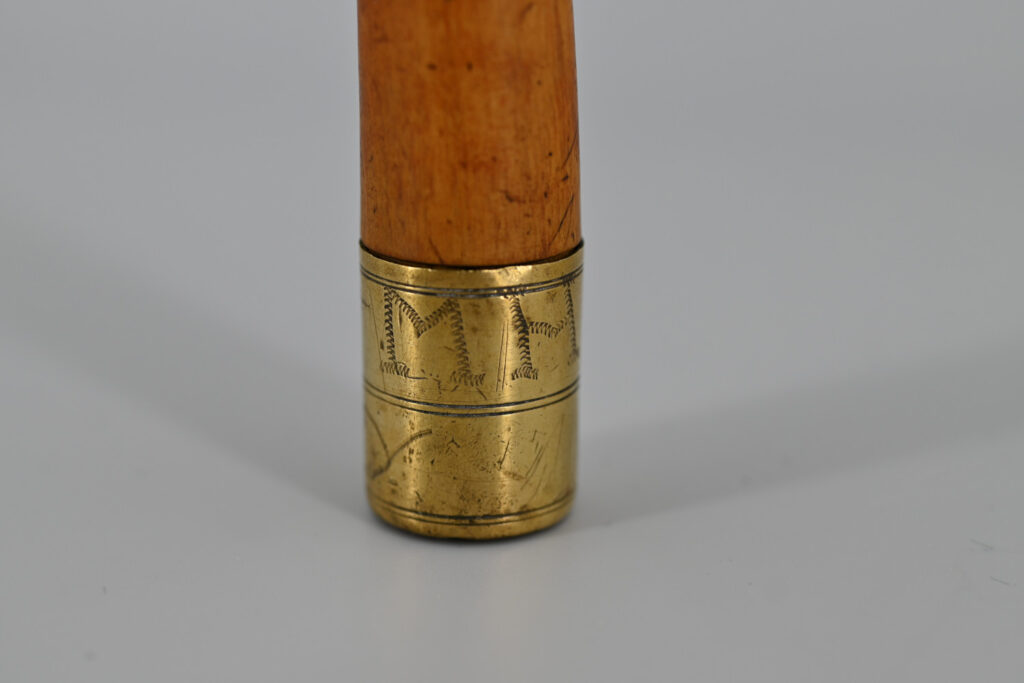
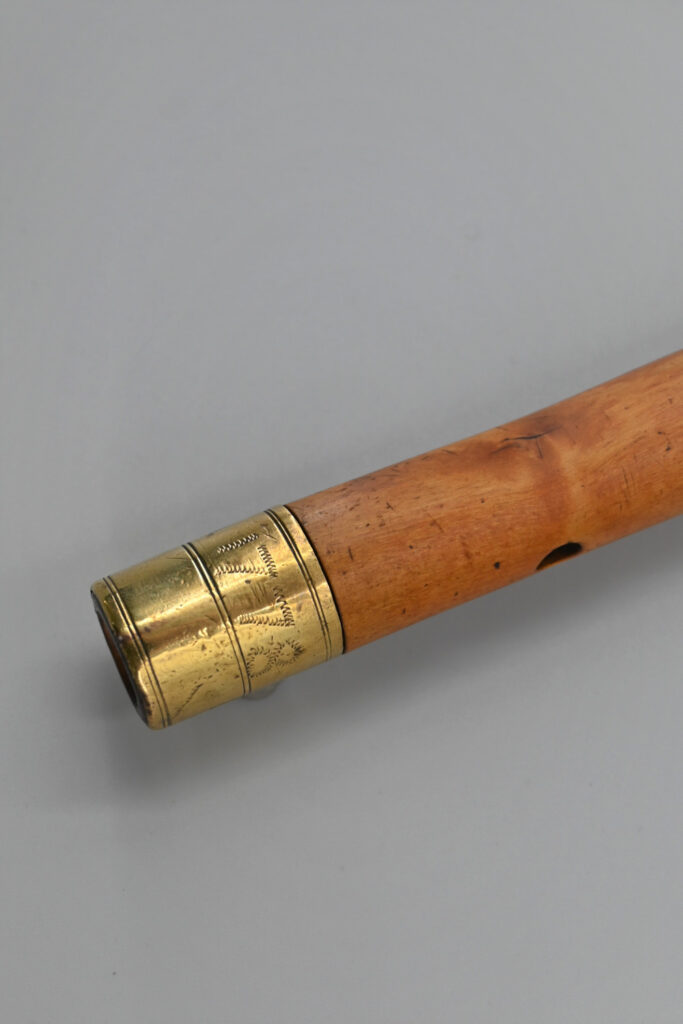
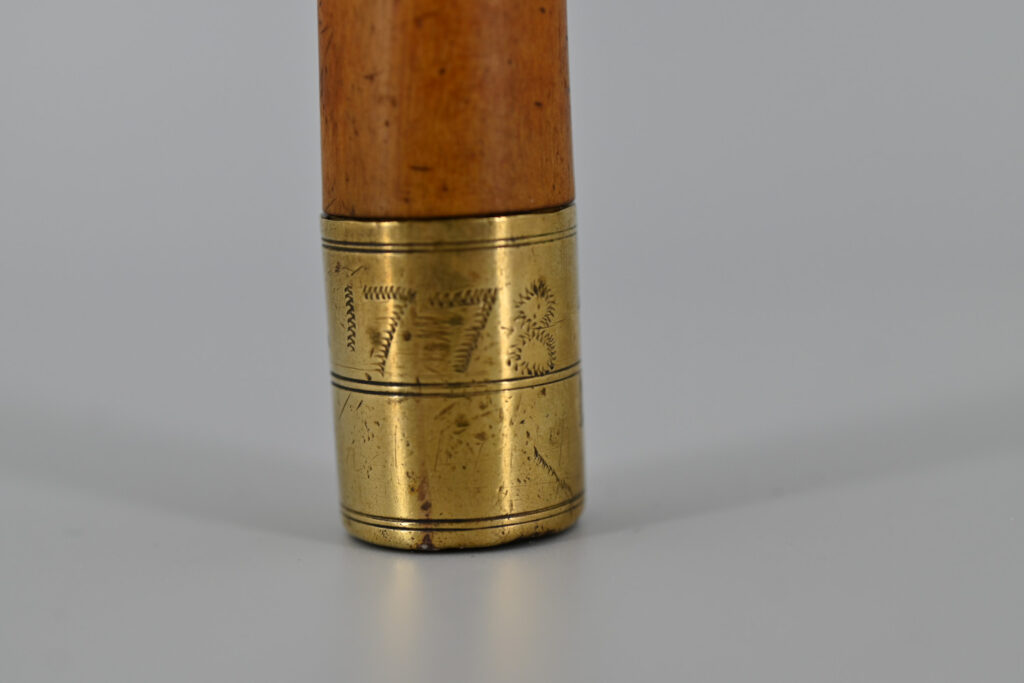
It seems that Miller was perhaps of German origin and trained other Germans who came to England to work in the instrument making business, such as ASTOR or CRAMER. These makers went on to use the unicorn stamp on their instruments.
This is a C fife that plays at a=415 Hz. A truly lovely and playable piece of history!

